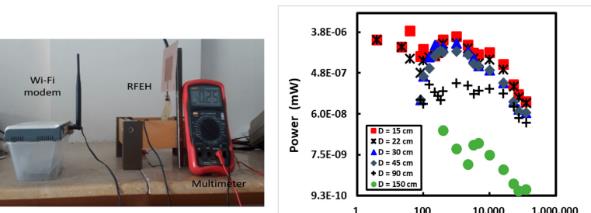What Uses Are There for the 2450 MHz Frequency?
Introduction to the 2450 MHz Frequency
The 2450 MHz frequency, part of the microwave spectrum, is extensively utilized across various applications due to its effective penetration and absorption characteristics in certain materials. This frequency is designated as an Industrial, Scientific, and Medical (ISM) band, meaning it can be used for non-communication purposes without a license in many parts of the world.

Microwave Ovens: The Most Familiar Use
Heating and Cooking Efficiency
Perhaps the most well-known use of the 2450 MHz frequency is in microwave ovens. This frequency is particularly effective for heating water molecules, making it ideal for cooking and heating food efficiently. The ability of 2450 MHz waves to penetrate food items and excite water molecules results in rapid heating, a principle that has revolutionized kitchen appliances and food preparation techniques globally.
Wireless Communication: WiFi and Bluetooth
Data Transmission Applications
Beyond heating your lunch, 2450 MHz is pivotal in wireless communication technologies, particularly WiFi and Bluetooth. In WiFi, this frequency band allows for data transmission over a local area network (LAN) without the need for physical connections. Bluetooth technology also uses this frequency to connect and exchange information between devices over short distances, making it fundamental for creating networks of devices in smart homes and offices.
Medical Treatments: Diathermy
Therapeutic Heating
In the medical field, 2450 MHz is used in diathermy treatments for muscle and joint conditions. This application involves using electromagnetic radiation to produce deep heating within body tissues, promoting healing processes and relieving pain. The frequency's ability to penetrate and heat tissues makes it effective for therapeutic use in physical therapy and rehabilitation.
Industrial Heating and Drying
Manufacturing Processes
Industrially, 2450 MHz is employed in processes requiring the heating, drying, or chemical processing of materials. This includes the drying of ceramics, paper pulp, and various food products, as well as chemical synthesis and rubber vulcanization. The frequency's properties help achieve uniform heating and speed up production processes, enhancing efficiency in manufacturing.
Scientific Research and Development
Experimental and Testing Applications
In research environments, the 2450 MHz frequency is used for experimental purposes, such as in the testing of materials and the study of their properties under microwave irradiation. Scientists utilize this frequency to understand the behavior of materials and chemicals when exposed to microwave energy, aiding in the development of new materials and technologies.
Conclusion: A Multifaceted Frequency
The 2450 MHz frequency serves multiple roles across various sectors, from everyday kitchen appliances to advanced industrial and medical technologies. Its widespread use is a testament to its versatility and effectiveness in numerous applications, making it a cornerstone frequency in both commercial and scientific fields. As technology advances, the potential uses for 2450 MHz continue to expand, promising further innovations and enhancements in numerous industries.
